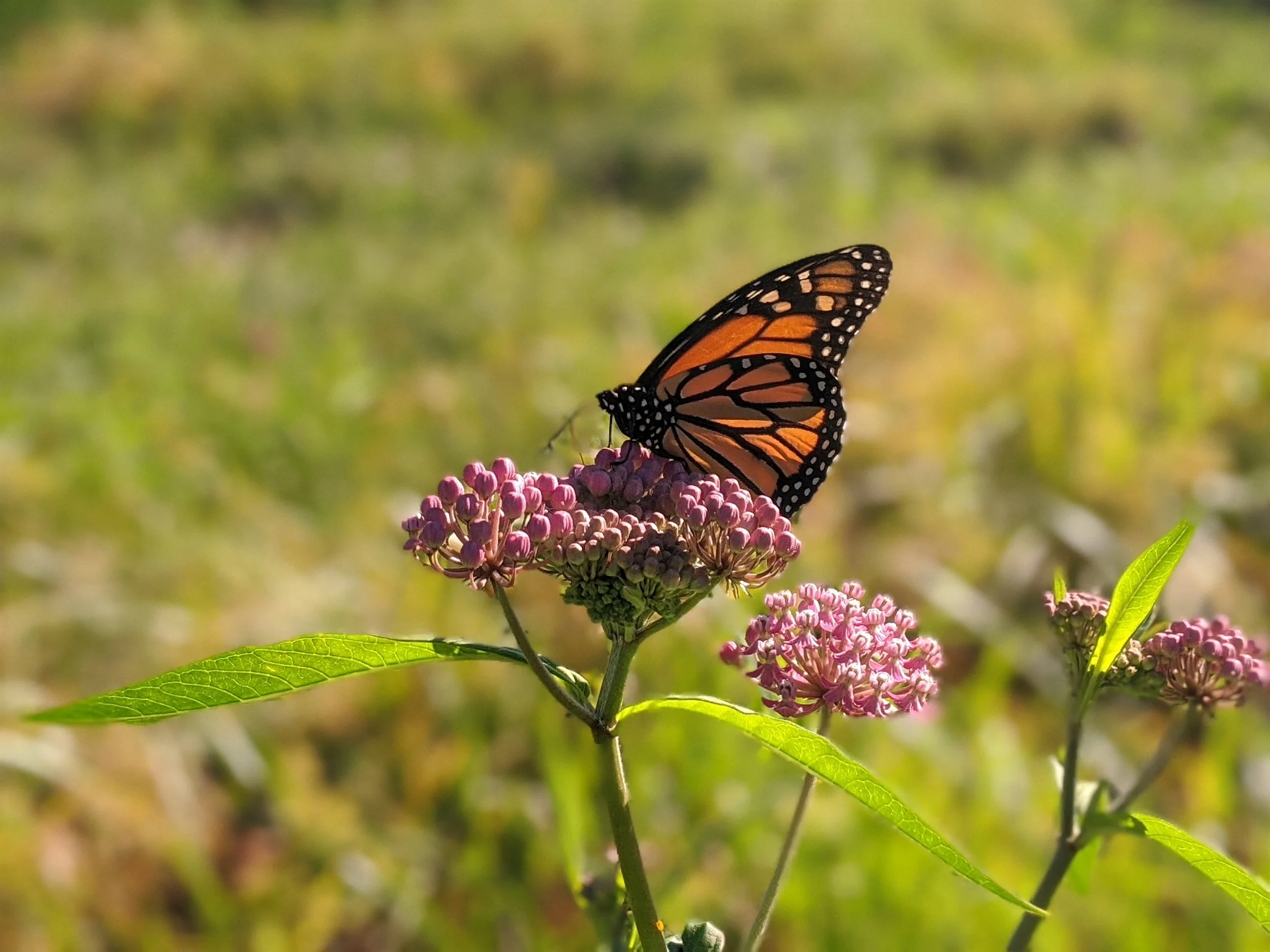
Native Tree & Habitat Store
Spring Tree Sale Coming Soon!
Barry Conservation District offers a variety of bare root native trees and shrubs — coniferous and deciduous trees and shrubs — as well as native flowering plants and fruit trees that thrive in Michigan's climate.
Native trees and shrubs are those that have been historically found growing naturally in the Barry County area. They weren’t brought here by humans. So they are particularly well-suited to growing in this area and supporting the local wildlife. When planted appropriately, native plants require less watering and maintenance than do non-native species. Native plants are more likely to withstand the wide range of extreme weather conditions. They are more resistant to local “pests”. And native plants are better-suited for sustaining diverse native wildlife communities.
We encourage landowners to transform their properties into thriving ecosystems that support local wildlife and enhance the natural rural beauty of Barry County. Our selection includes species specifically chosen to meet conservation goals such as enhancing wildlife habitat, reducing erosion, and supporting pollinators.
Our experts can assist you in selecting the best species to meet your conservation needs and create a thriving ecosystem in your yard.
Benefits of Native Trees and Plants
Increase Property Value: Create shaded areas and natural privacy screens that enhance your property’s aesthetic appeal.
Improve Wildlife Habitat: Native plants are uniquely suited to best support native wildlife by providing food and shelter.
Enhance Local Food Webs: Trees like oaks, willows, cherries, birches, and maples support native insects, which in turn nourish birds and other wildlife.
Conserve Water: Plants with large canopies and extensive root systems reduce runoff, reduce water use, slow water loss, filtering nutrients, and promoting clean water.
Support Pollinators: They provide food and habitat for specialist and generalist bees, butterflies, and other pollinators which benefit crop yields and supporting local food production.
Sequester Carbon: Plants store carbon in their above-ground tissues and root systems, reducing atmospheric carbon levels.
Conservation starts in your own backyard.
How to plant bareroot trees:
Keep seedlings in cool, dry place, and the roots moist until you are ready to plant. This will keep them alive and in their dormant state.
Prepare a hole by digging it as depth of roots, so they can fall straight down and twice as wide as the roots.
Place your bareroot tree in the hole and hold it upright while backfilling with loose soil.
Gently pat down the soil around the base of the tree.
Water regularly through the growing season with deep watering technique.

